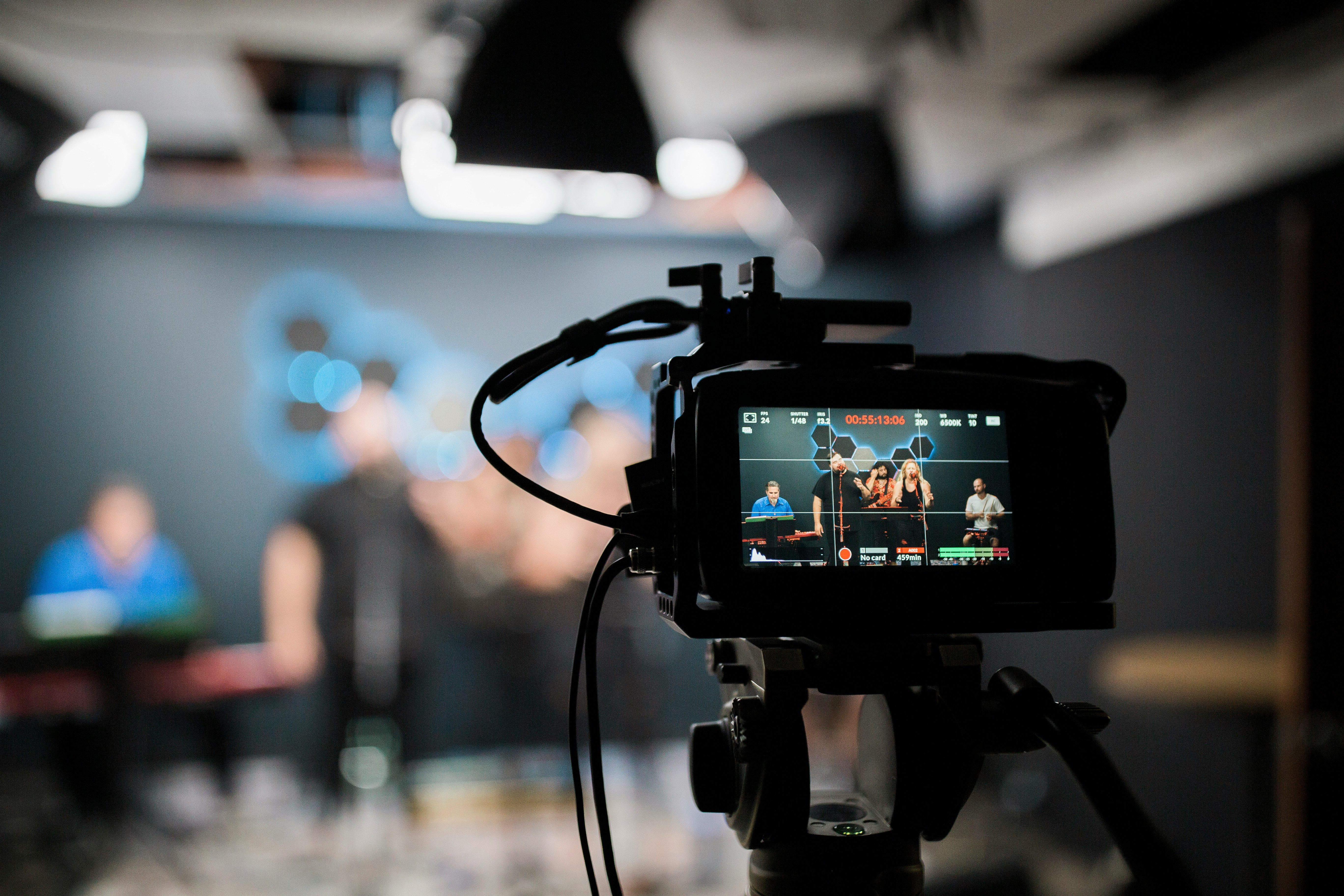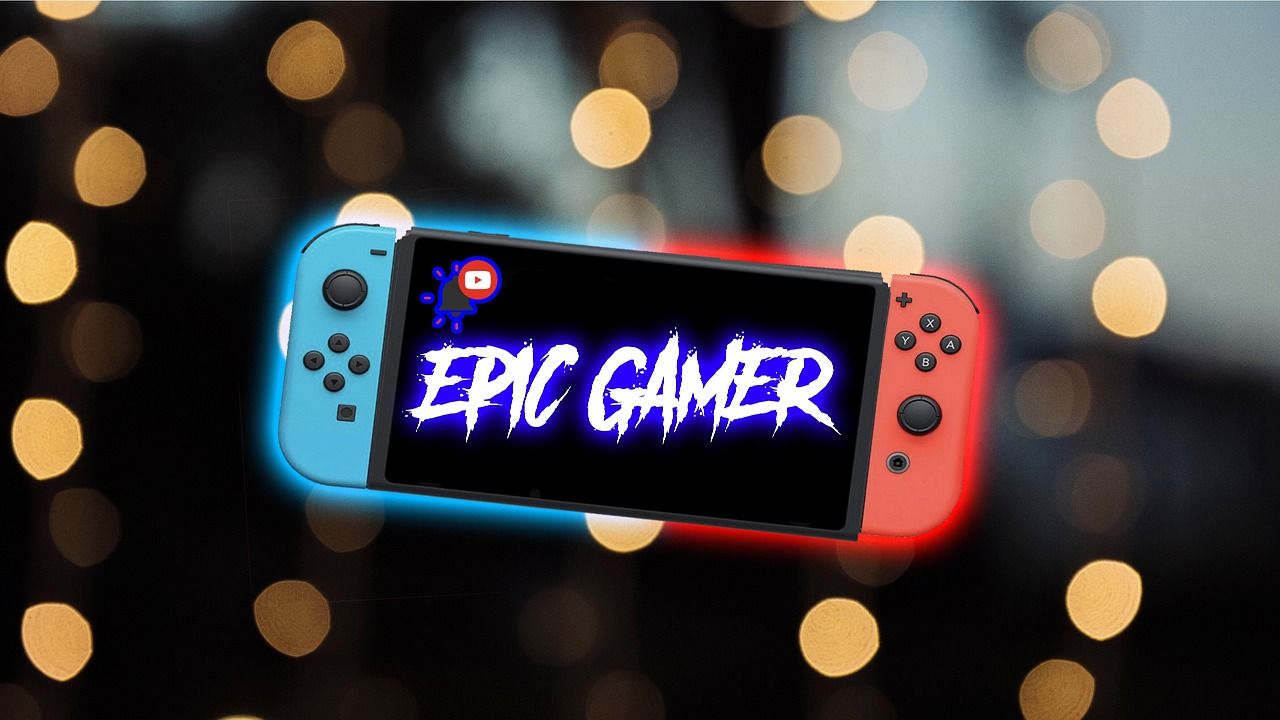As the digital landscape evolves, so do the preferences and behaviors of its users, particularly those of Generation Z (1997-2012). This demographic is significantly reshaping content consumption on platforms like YouTube, favoring user-generated content over traditional, professionally produced originals. Gen Z's unique digital habits, characterized by alleged shorter attention spans and a desire for authenticity and connection, have propelled this shift.
Understanding Gen-Z's Unique Content Preferences

Photo by No Revisions on Unsplash
Shift from Passive Viewing to Active Creation
The transformation of Gen-Z into active content creators is an important shift in media consumption. Unlike previous generations who primarily consumed content, Generation Z is more engaged in creating, manipulating, and reshaping the media they consume. Empowered by platforms like YouTube and TikTok, they revel in the ability to produce and share their own versions of stories and ideas, often making their creations more popular than the original content. This change alters the way content is consumed and the way it is perceived and valued, emphasizing creativity and personal expression over passive intake.
Emphasis on User-Generated Content
Gen-Z's preference for user-generated content (UGC) over professionally produced material stems from their desire for authenticity and relatability. This demographic spends a significant portion of their day interacting with content that peers create, which often includes real-life experiences and DIY projects. These types of content allow Gen-Z viewers to see reflections of their own lives and struggles, making the connection with the content more personal and trustworthy.
Cultural Importance of Fan-Made Content
Fan-made content holds a special place in the hearts of Gen-Z consumers. Not only does it allow them to engage deeply with the media they love, but it also provides a platform for expression and community building. YouTube reports indicate that a substantial percentage of Gen-Z engages in creating and consuming content that expands on or critiques their favorite shows, movies, or books. This engagement is not just about consumption; it’s about adding their voice to the narrative, often making fan-created content more influential than the source material itself.
The Role of Social Media Platforms in Shaping Content Consumption
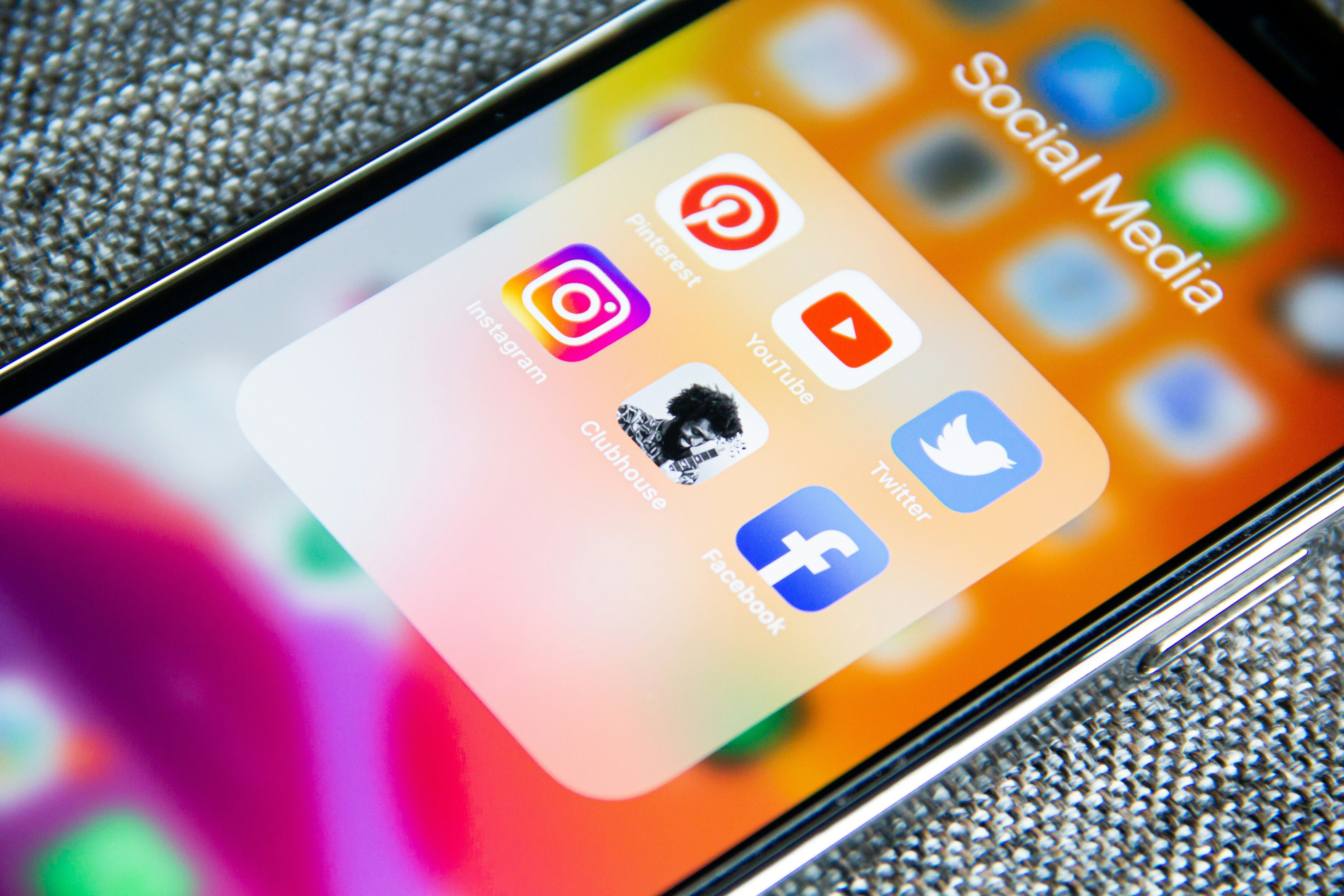
Photo by Adem AY on Unsplash
Gen-Z's Dominance on TikTok and Instagram
TikTok and Instagram are at the forefront of Gen-Z's social media usage, primarily due to their alignment with short, engaging, and visually driven content. These platforms cater perfectly to Gen-Z’s preference for quick, entertaining content that can be consumed on the go. As mentioned in ELVTR UK's report, a significant percentage of Gen-Z users utilize these platforms for brand discovery and for content that provides quick bursts of entertainment or information, aligning perfectly with their preference for visual and interactive media.
Influence of YouTube's Fan Culture
YouTube remains a central hub for Gen-Z, not just for entertainment but as a platform for expression and creatorship. The rise of fan culture on YouTube—through reaction videos, theory crafting, and more—shows how this platform has adapted to suit the interactive needs of Gen-Z. By enabling users to create and share their insights on existing content, YouTube fosters a vibrant community where dialogue and participation are encouraged, making the platform a staple in Gen-Z's media diet.
The Decline of Traditional Influencer Marketing
The impact of traditional influencer marketing is waning among Gen-Z audiences. This demographic tends to distrust the seamless and polished images often portrayed by influencers, preferring raw and genuine content from personalities they can relate to or trust. According to studies, a substantial majority of Gen-Z consumers rely more on product recommendations from friends or user reviews rather than influencer endorsements. A shift that forces brands to rethink their marketing strategies, focusing more on authenticity and community-driven engagement to resonate with the Gen-Z audience.
How Brands are Adapting to Gen-Z's Preferences
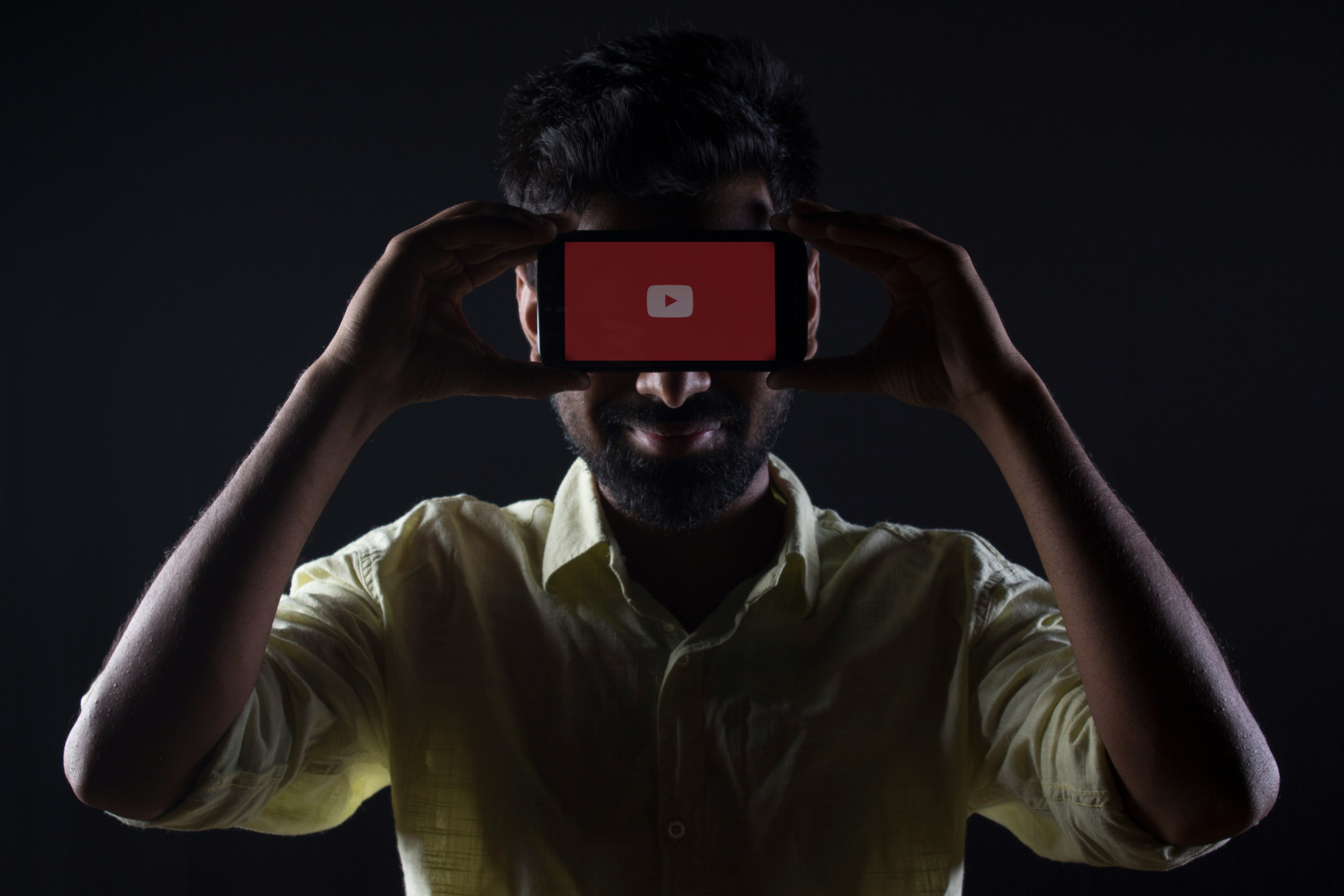
Photo by Rachit Tank on Unsplash
Incorporation of Social Causes in Brand Messages
Brands are increasingly aligning their messages with social causes to attract Gen-Z consumers, who are notably passionate about activism and social justice. This demographic is willing to pay a premium for products from companies that demonstrate genuine commitment to social issues such as racial equality, sustainability, and poverty eradication. Consequently, brands have begun to incorporate these themes into their marketing strategies. For instance, companies like Franziska Trautmann's glass recycling initiative and Coleen Donaldson's beach cleaning efforts are examples of how brands leverage social causes not only for engagement but also to inspire real-world change.
Emphasis on Authenticity and Transparency
The pursuit of authenticity and transparency is crucial in resonating with Gen-Z. This group values sincere and unpolished content over glossy, idealized portrayals, which translates into a preference for brands that showcase the real people behind their products and the genuine experiences of their customers. Brands are responding by featuring user-generated content and real-life testimonials in their campaigns, which bolsters credibility and enhances relatability. Moreover, businesses are encouraged to be forthright about their practices and imperfections, turning potential vulnerabilities into strengths that foster a closer connection with their audience.
Utilizing Diverse Content Formats to Enhance Engagement
To maintain the fleeting attention of Gen-Z, brands are diversifying their content formats on platforms like YouTube and TikTok. This approach includes offering a mix of short and long-form videos, interactive posts, and live streams to cater to the varied preferences of the audience. Successful campaigns often mix these elements to create a dynamic and engaging user experience that holds attention and encourages deeper interaction with the brand. The integration of different video lengths and interactive elements allows brands to engage with Gen-Z effectively across multiple touch points.
The Impact of Technology on Content Creation and Consumption
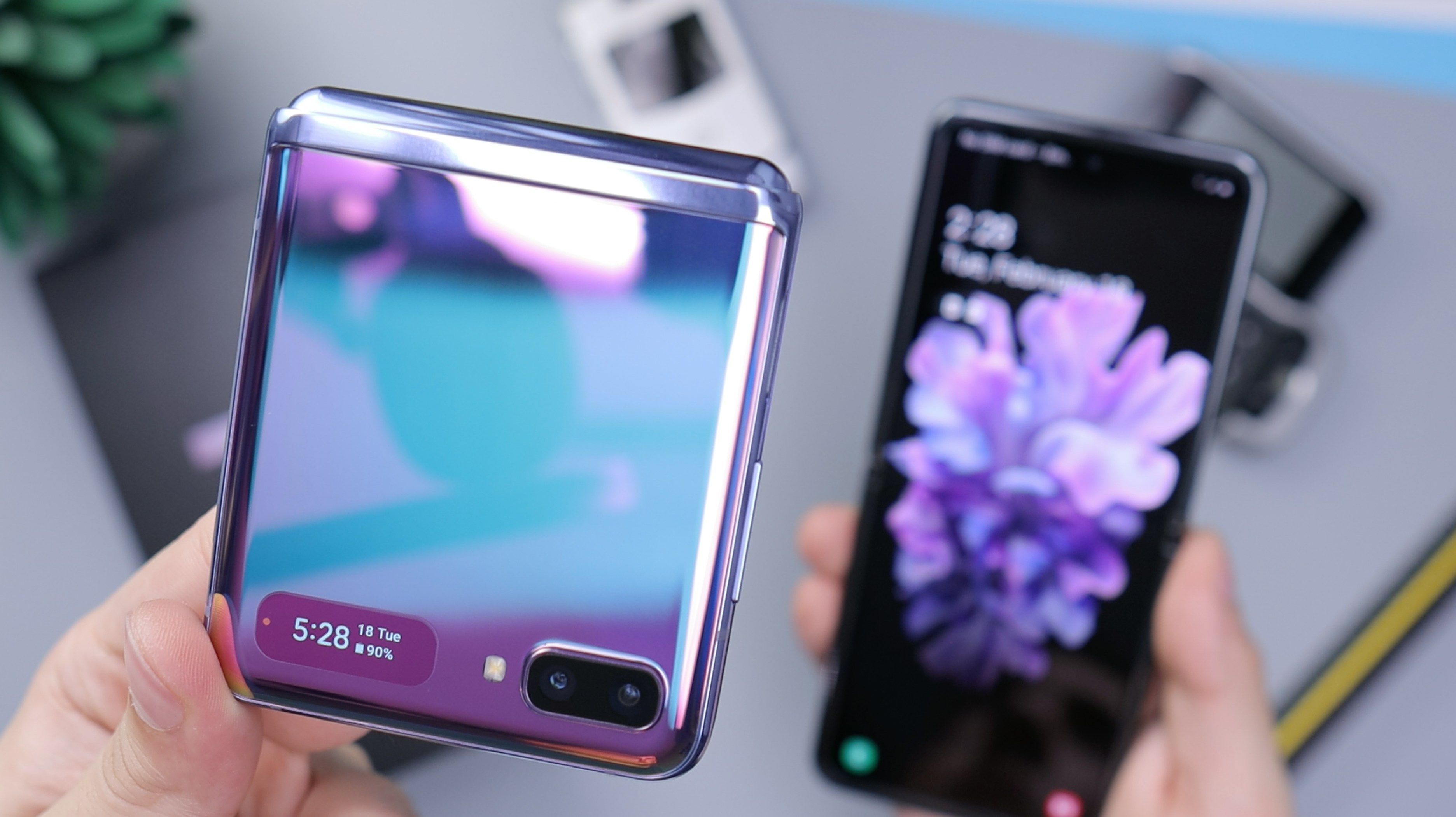
Photo by Daniel Romero on Unsplash
Rise of AI-Generated Content
The integration of Artificial Intelligence in content creation has seen significant growth, particularly in the realm of video production. AI tools are now commonly used to generate personalized content, edit videos, and even simulate scenarios that would be otherwise impossible to create manually. This technology has empowered creators, including those catering to Gen-Z, to produce innovative and captivating content that stands out in the crowded digital landscape. The ability to quickly create high-quality, engaging content with AI tools is reshaping how brands and individuals connect with audiences.
The Popularity of Video Essays and In-depth Analyses
Video essays and detailed analyses are gaining popularity on platforms like YouTube, indicating Gen-Z's appetite for content that delves deeper into subjects of interest. These formats allow creators to explore topics comprehensively, providing insights and commentary that go beyond surface-level discussions. Brands and content creators are leveraging this trend by producing in-depth videos that inform and stimulate intellectual engagement among viewers, thus building a loyal and engaged community.
ASMR as a Growing Trend in Digital Content
ASMR (Autonomous Sensory Meridian Response) content continues to captivate Gen-Z, offering unique sensory experiences that are both relaxing and engaging. Brands are tapping into this trend by creating ASMR-focused marketing materials, like ads featuring calming sounds and visuals that mimic the ASMR experience. This approach differentiates these brands and aligns their messages with the wellness and self-care trends that are important to Gen-Z consumers. The growing number of ASMR videos on platforms like YouTube exemplifies how this content format is being used to attract and retain the attention of younger audiences.

